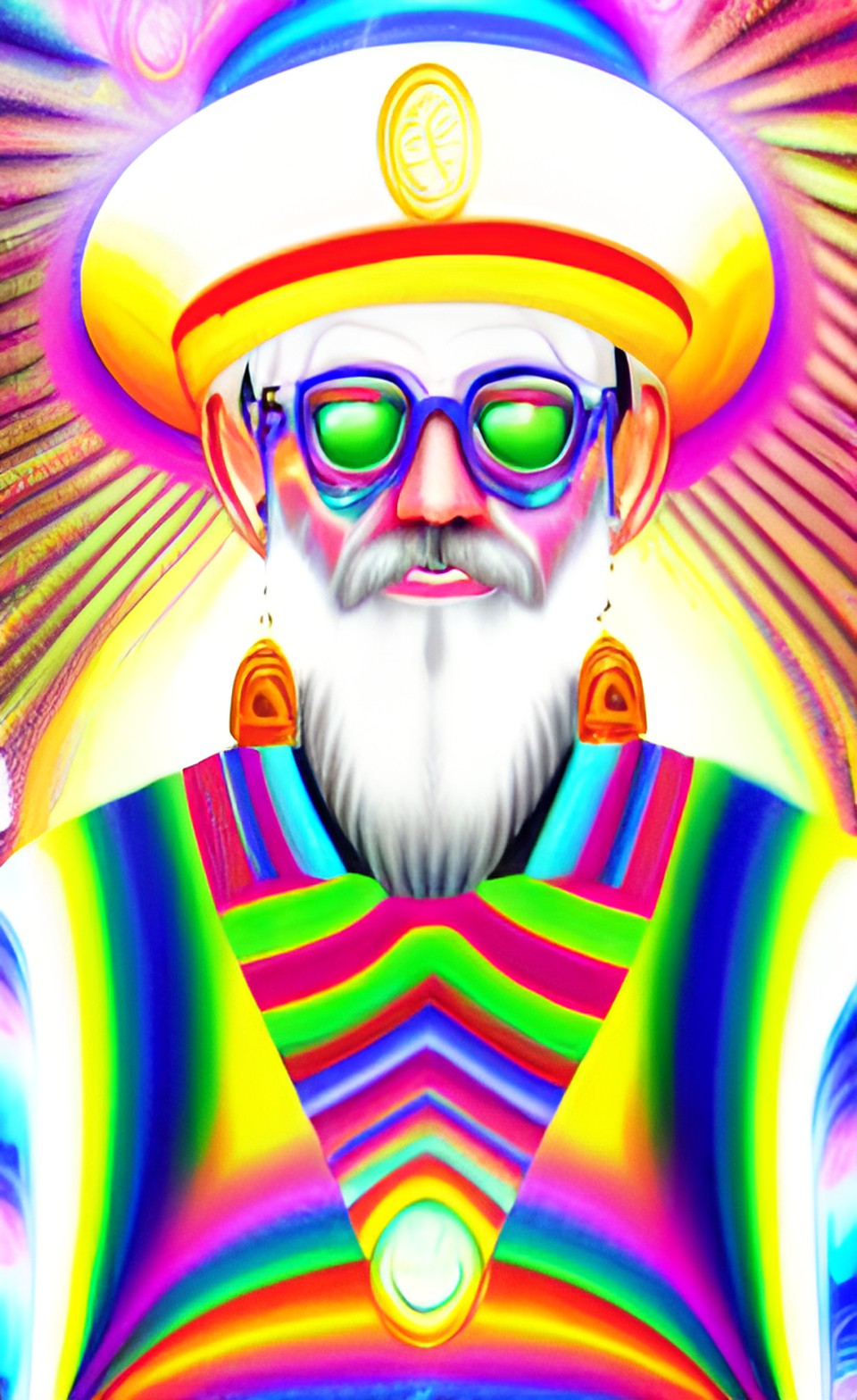Truth, Imagination and Service
- pinni baumol
- Mar 5, 2023
- 4 min read
In this week's Torah portion, parashat Tetzaveh and in the portion read on Shabbat Zachor, prior to purim, the concept of false imagination and reality is a recurring theme. The priestly garments, described in detail in the "Tetzaveh" portion, symbolize the holiness and responsibility of the priestly office. Ramban emphasizes that the purpose of the priestly garments is not just to adorn the priests but to consecrate them for their holy service.
""And draw near to yourself your brother Aharon, and his sons with him, from among the children of Israel to serve Me [as kohanim]: Aharon, Nadav, and Avihu, Elazar, and Itamar, Aharon's sons. You shall make holy garments for your brother Aharon, for honor and glory. And you shall speak to all the wise hearted, whom I have filled with the spirit of wisdom, and they shall make Aharon's garments to sanctify him, [so] that he serve Me [as a kohen]. And these are the garments that they shall make: a choshen, an ephod, a robe, a tunic of checker work, a cap, and a sash. They shall make holy garments for your brother Aharon and for his sons to serve Me [as kohanim] ... " (Exodus 28:1-4)"
The Shabbat Zachor portion, which is read on the week before Purim, is a reminder to remember the Amalekite evil and the commandment to destroy it. According to Jewish tradition, the Amalekites represent the impurity of false imagination that creates a virtual world that is not true. This disconnected imagination is the root of all sins, which happen when humans do not see life as it is, holy, and experience it as such.
Rabbi Nachman of Breslov explains that the battle against the Yetzer Hara (evil inclination) is to live in the world according to truth and not according to disconnected imagination. He explains the evil inclination is like a person holding a closed hand, taunting everyone to run after him to see what he has in his hand. When he opens his hand, they see that there is nothing in it. This is the world of imagination, to which we are all enslaved.
The priestly garments serve as a correction and atonement for everything that stems from the separation between the planes of imagination and truth. They are made of blue and purple, scarlet yarn,jewels and fine linen, and are a marvelous beauty that is connected to truth of heart and wise clever design. with out them, the priest are not allowed to work in the temple "As the Talmud states, "While they are clothed in the priestly garments, they are clothed in the priesthood; but when they are not wearing the garments, the priesthood is not upon them" (BT Zevachim 17:B
The beauty in the priestly garments serves truth and complements it. and although the priests were adorned with diamonds and royal cloth,they were barefoot, reminded to be humble and grounded The garments are intended to unite the world of imagination with the divine holiness and elevation and to heal the rift between the two worlds.
I like to think similarly of psychedelic integration. Psychedelics, when used responsibly and with intention, can bring about profound insights and experiences that can help individuals connect with their inner truth and break free from the limitations of their own imagination. However, without proper integration, these experiences can be overwhelming and even harmful, especially in the deep feeling of importance they come with.
Psychedelic integration is the process of reflecting on and integrating the insights gained from a psychedelic experience into one's daily life, or connecting imagination and understanding. This involves setting intentions before the experience, reflecting on the experience afterwards, and incorporating any insights gained into one's daily practices and relationships. Integration can help individuals create a more truthful and authentic way of being, and can help bridge the gap between their imagination and reality.
Education is also key in creating truth out of imagination. By learning about the world and the nature of reality through science, history, philosophy, and other disciplines, both mystical and practical, individuals can gain a more accurate understanding of the world and their place in it. Education can also help individuals develop critical thinking skills and discernment, enabling them to distinguish truth from falsehood and reality from imagination.
Finally, community support is essential in this process. Being part of a community that values truth and authenticity can provide individuals with the encouragement and accountability they need to continue on the path of integrating their imagination with reality. Through communal practices such as prayer, meditation, and study, individuals can deepen their connection to the Divine and to each other, creating a more truthful and harmonious society.
In conclusion, the priestly garments serve as a symbol of the potential for holiness within each person and the responsibility to serve the Divine. The battle against the evil inclination and the disconnect between imagination and reality is ongoing and requires tools such as psychedelic integration, education, and community support. By bridging the gap between imagination and reality, individuals can create a more truthful and authentic way of being, bringing them closer to the Divine and to each other.




Comments